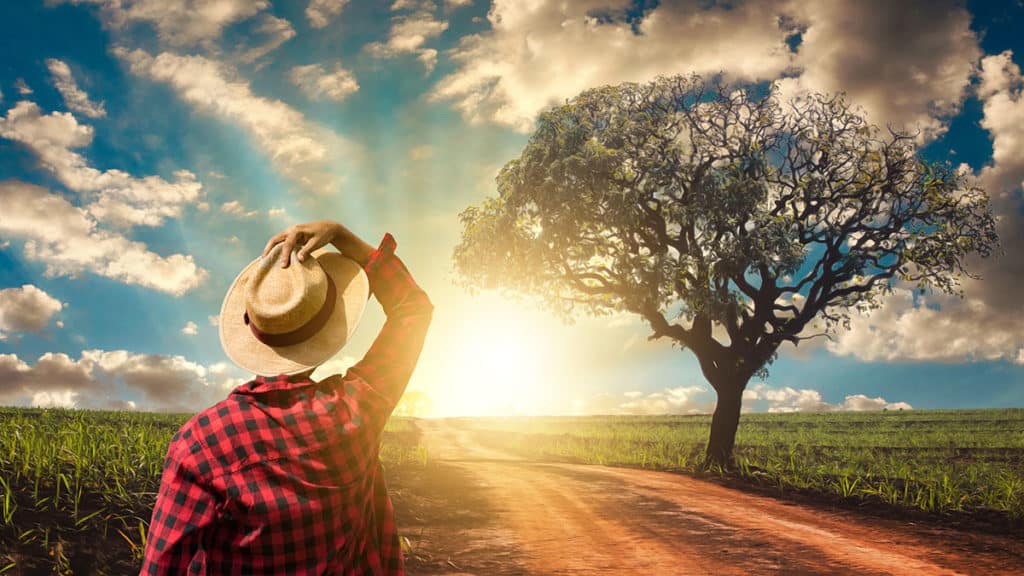“Aloha Boricua” is Jorge B. Merced’s musical about the Puerto Rican migration to Hawaii at the turn of the 20th century.

Aloha Boricua
Jorge B. Merced’s musical “Aloha Boricua” tells the story of the Puerto Rican migration to Hawaii at the turn of the 20th century through bomba, plena, música Jíbara and reggaeton at the Puerto Rican Traveling Theater in Hell’s Kitchen, NYC, Thursday-Sunday, December 1-18, 2022. From $25. 🇵🇷
The play is based on Manuel Ramos Otero’s short story “Vivir del cuento” (Live the Story) and some of his poems. The music is by Desmar Guevara and Jorge B. Merced. Pregones founder and artistic director Rosalba Rolón and the cast helped with music and lyrics. It’s presented in Spanish and English with supertitles.
The cast includes:
- Joel Acosta
- Yasmin Sophia
- Gilberto Gabriel
- Kimberly Gómez
- Tristan Alek Hernández
- Luis Herrera
- Anna Cristina Malavé
The musicians include:
- Álvaro Benavides
- Anthony Carrillo
- Raymond Flores
- Desmar Guevara
- Camilo Molina-Gaetán
The production team includes:
- Costumes by Oriana Sofia.
- Digital Projection Design by Eamonn Farrell.
- Lighting by Emmanuel Delgado.
- Sound Design by Milton Ruiz.
- Production Management by Jessica Moya.
Jorge Merced
Playwright Jorge Merced is an award-winning, New York Puerto Rican actor, director and gay activist, originally from Carolina, Puerto Rico. He has been recognized both as an actor and a director by the New York ACE Latino Critics, HOLA the Hispanic Organization of Latin Actors, New York Pride, and “El Diario/La Prensa” newspaper.
Manuel Ramos Otero
Manuel Ramos Otero (1948-1990) was a poet and fiction writer from Manatí, Puerto Rico who often wrote semi-autobiographical characters who were gay Puerto Ricans in New York.
He was the first and most important openly gay Puerto Rican writer of the 20th century. That’s a big deal because of our machista Latin culture. Even today, being gay on the island can get you murdered. In spite of that, we have a vibrant LGBTQ+ scene. But back in the day, being out on the island took a lot of courage.
Migration Is Hard
The Puerto Rican migration to Hawaii came after the American invasion of 1898, and two hurricanes including Category 4 Hurricane San Ciriaco, one of the most destructive hurricanes in history, hit Puerto Rico in 1899.
We still had a sugar economy then, but it takes an entire year to grow a new cane field. The hurricane caused a worldwide shortage of sugar and made Hawaii an important supplier.
The chaos of the American invasion, and the destruction of Hurricane San Ciriaco, forced unemployed Puerto Rican cane workers to accept work in the Hawaiian sugar cane fields. Around 5,000 Puerto Ricans made the long, hard journey by boat to New Orleans, by railroad to Los Angeles, and another boat to Hawaii. Americans looked down on us and abused us on the trip. We survived and today there are around 30,000 Puerto Rican Hawaiians.
The migration makes some sense because we are both island nations, and there are many similarities between Indigenous Polynesian and Taíno traditions. We also share the experience of being island nations with unique Indigenous cultures that have been colonized and overrun by the Americans.
The story reflects the current situation in Puerto Rico. There were actually two hurricanes in 1899. We had two hurricanes in 2017 including Hurricane Maria which blew us back into the stone age overnight. Few Americans understand how bad Maria was. Overnight we lost all electricity, water, gas, gasoline, and phone service. Government services collapsed because they were hit too. There was no police, fire or rescue. There was nobody to call for help and the entire island turned from a rich green to a sad brown.
Two years later, 10,000 Puerto Ricans were still living under blue tarps. The Republican administration blocked billions in reconstruction money provided by Congress. Five years on, the money is just starting to flow. The slow recovery has caused more migration from the island. There are now more Puerto Ricans on the mainland, than on the island.
People don’t migrate for a bigger television. They migrate when there is nothing to eat and death is coming around for the children. Migration is a difficult journey that doesn’t always turn out how you hope. The travel is hard. On arrival, newcomers are often taken advantage of by the people who are already there. Then you have to figure out an entirely new culture as an “other.” You want your children to adapt to the new culture, but also to know their heritage.
A funny thing happened between Puerto Rico and Hawaii much later in the 1980s. Puerto Rico’s iconic coqui frog migrated to Hawaii by riding along on imported nursery plants. Without natural predators, coqui colonized Hawaii in greater numbers than we have in Puerto Rico.
“Aloha” is Indigenous Hawaiian for hello, goodbye and love. It sounds a bit like “Hola” or hello in Spanish.
For tickets and more information, visit pregonesprtt.org
